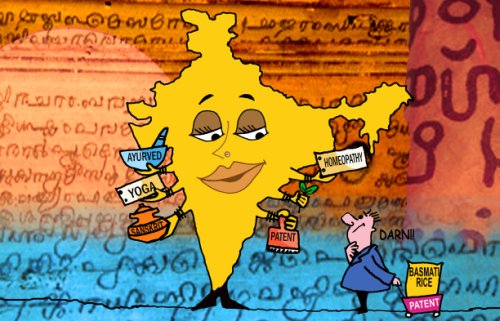![Former White House counsel John Dean testifying in June 1973 before the Senate Select Committee on … [Credits : Stock footage courtesy The WPA Film Library] Former White House counsel John Dean testifying in June 1973 before the Senate Select Committee on … [Credits : Stock footage courtesy The WPA Film Library]](http://cache-media.britannica.com/eb-media/85/128985-003-ED584199.gif) (1972–75), U.S. political scandal surrounding the revelation of illegal activities on the part of the incumbent Republican administration of President Richard M. Nixon during and after the 1972 presidential election campaign.
(1972–75), U.S. political scandal surrounding the revelation of illegal activities on the part of the incumbent Republican administration of President Richard M. Nixon during and after the 1972 presidential election campaign.
The matter was first brought to public attention by the arrest of five men who, on June 17, 1972, broke into the headquarters of the Democratic National Committee at the Watergate, an office–apartment–hotel complex in Washington, D.C. Within a few days of their arrest at the Watergate, charges of burglary and wiretapping were brought against the five and against E. Howard Hunt, Jr., a former White House ...
 "Watergate" is a general term used to describe a complex web of political scandals between 1972 and 1974.
"Watergate" is a general term used to describe a complex web of political scandals between 1972 and 1974. The word refers to the Watergate Hotel in Washington D.C. In addition to the hotel, the Watergate complex houses many business offices. It was here that the office of the Democratic National Committee was burgled on June 17th, 1972.
The burglary and subsequent cover-up eventually led to moves to impeach President Richard Nixon. Nixon resigned the presidency on 8 August 1974.
"Watergate" is now an all-encompassing term used to refer to:
- political burglary
- bribery
- extortion
- phonetapping
- conspiracy
- obstruction of justice
- destruction of evidence
- tax fraud
- illegal use of government agencies such as the CIA and the FBI
- illegal campaign contributions
- use of public money for private purposes.
Source--
Britannica Encyclopedia




.jpg)




